By Donna Woodward, UC Master Gardener of Napa County
Few vegetables can boast the versatility of the beet, which is effectively two vegetables in one. We eat both the familiar red orb and the leafy green tops. The greens are similar to spinach and chard in flavor. Swiss chard is a type of beet grown only for its leaves. Beets were originally domesticated in the ancient Middle East for their greens.
“Beet red” is a common color description, but not all beet roots are red. Some are orange, coral, pink, even white. The Italian Chioggia variety is a pretty red and white stripe. They are not all round either; there are several elongated types.
Beets prefer cool temperatures and are best grown in the early spring and in the fall. In the fall of 2018 and spring of 2019 eight Napa County Master Gardeners grew three varieties of beets in their home gardens: Boro (hybrid), Lutz Green Leaf (open pollinated) and Detroit Dark Red (open pollinated). The purpose of the trials was to compare these varieties, to compare fall versus spring planting and to explore other issues around growing beets.
Germination speed varied greatly depending on the time of year. Seeds germinated more quickly in the fall (planted after August 17) than in the spring (planted after January 18). All seeds from the fall planting germinated in an average of 6 days, while seeds from the spring planting germinated in an average of 14 days. The warmer weather in late summer and fall explains this finding. However, earlier germination did not result in more yield. The spring planting produced larger beets and more quantity.
We had varied success with the three varieties but noted little difference in flavor. Detroit was rated a little higher in flavor and attractiveness. It also produced more and larger beets and was the variety most likely to be recommended to others. This is not surprising given that Detroit is one of the most widely grown and popular beet varieties.
Lutz received the lowest rating in almost all the categories and was the least likely to be recommended. It produced the fewest beets but rated highest in terms of leaf quality, which is consistent with its name ‘Lutz Green Leaf.' If you particularly appreciate beet greens, this might be the variety to grow.
Boro was rated the most attractive (round and dark red) and had good pest resistance, but yield was disappointing.
Although beets aren't difficult to grow, issues can emerge that compromise the quality of roots and greens. The leaves are vulnerable to leaf miners. You may see the trails of these little pests as they eat tunnels through the leaves. The best remedy is to use row covers, especially when the leaves are young and tender. The leaves taste best at this point, too. You can time your thinning to make use of the young leaves.
The most common issues with beet roots involve small or deformed beets. Most of these problems can be alleviated by proper planting. Plant beets thirty days before the frost-free date. Seedlings establish best in chilly weather. Growth issues with roots develop when beets are too close together. It is imperative that seedlings be thinned to 1 to 3 inches apart and rows at least 12 inches apart.
When beets are too small, it can also be due to a lack of phosphorus. If your soil has a high nitrogen content, your beets will produce more lush top growth rather than bulbs. By adding more phosphorus, such as bone meal, to the soil, you can induce larger root growth.
Sometimes beets are small or malformed because of too much shade. Beets prefer full sun but will tolerate partial shade. For the best production, aim for at least five hours of sun a day.
Beets don't like acidic soil and may perform poorly in soil with a pH of 5.5 or less. They need a lot of nutrients to grow properly. Work compost and a balanced fertilizer into the soil before planting and side dress during growth. Apply lightly to avoid burning the roots.Keep plants well supplied with moisture, especially when fertilizing. This will help draw nutrients into the soil where the roots can utilize them.
Both beet roots and tops are highly nutritious, full of vitamins and minerals. The roots can be stored in plastic bags in the refrigerator for up to 2 weeks or in a root cellar for several weeks; for longer preservation, try canning them. Unlike many vegetables, beets retain most of their nutritional value when canned.
For research-based information on growing vegetables, check out the Vegetable Research and Information Center: https://vric.ucdavis.edu/
Food Growing Forum: Second Sunday of the month through November. Sunday, April 11, 3 pm to 4 pm: “Tomatoes, Peppers and Eggplants.” Register to get Zoom link: https://bit.ly/3lC3qs8
Workshop: On Saturday, April 17, UC Master Gardeners of Napa County will hold a virtual workshop on “Soil is the Solution: Digging Deeper” from 9:30 am to 11:30 am. Learn about soil, its relationship to climate change and how to enrich your soil to produce healthier plants. Register to get the Zoom link: http://ucanr.edu/2021SoilRegeneration
Got Garden Questions? Contact our Help Desk. The team is working remotely so please submit your questions through our diagnosis form, sending any photos to mastergardeners@countyofnapa.org or leave a detailed message at 707- 253-4143. A Master Gardener will get back to you by phone or email.
For more information visit http://napamg.ucanr.edu or find us on Facebook or Instagram, UC Master Gardeners of Napa County.
Attached Images:
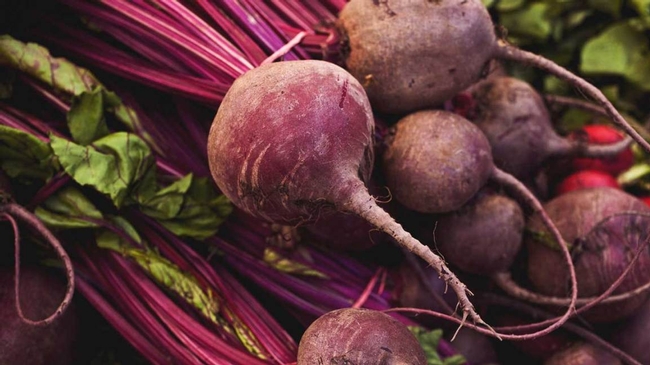
Beets. (healthline.com)
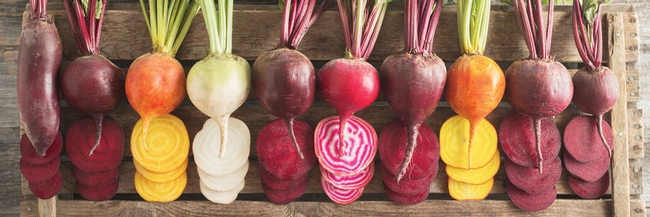
Beet variety. (johnnyseeds.com)
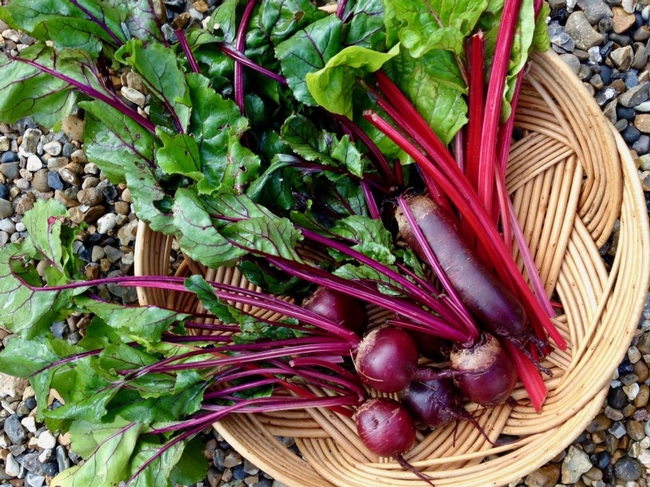
Beet tops vs Swiss chard--looks alike, and cooks alike. (thepersianfusion.com)
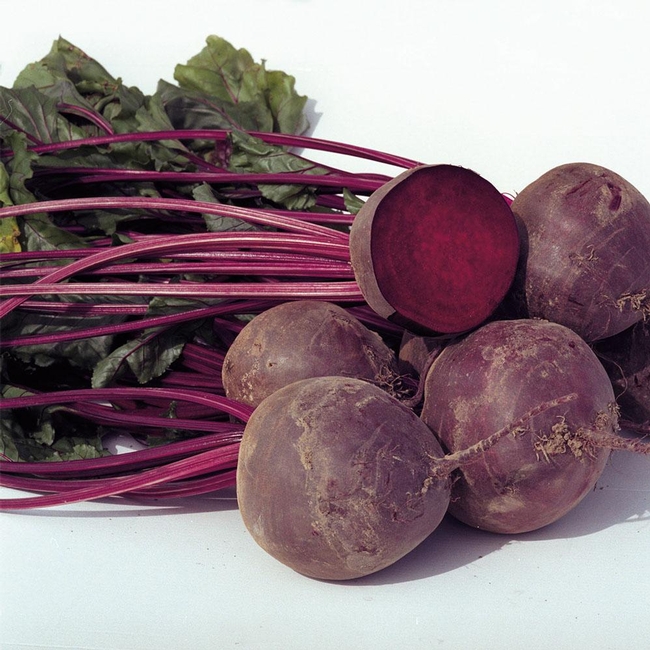
Boro beet, one of our test beets. (harrisseeds.com)
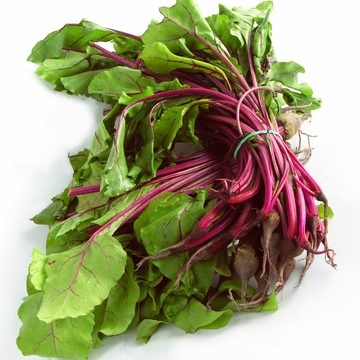
Lutz Green leaf beet. (oscseeds.com)
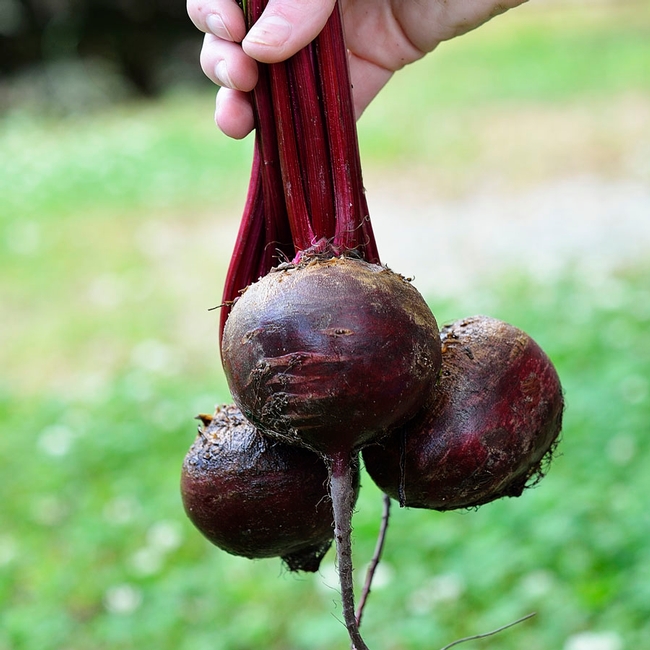
Detroit Dark red beet. (parkseed.com)
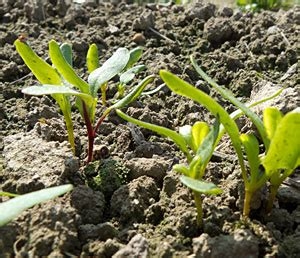
Thin seedlings and put thinnings in salad! (gardeners.com)
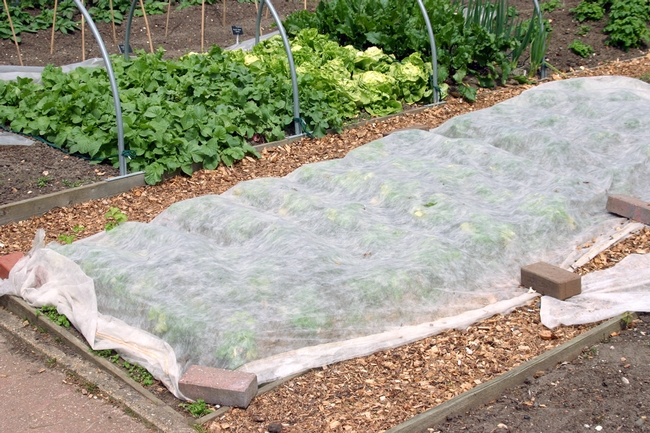
Protect young beets with row cover. (wimastergardener.org)
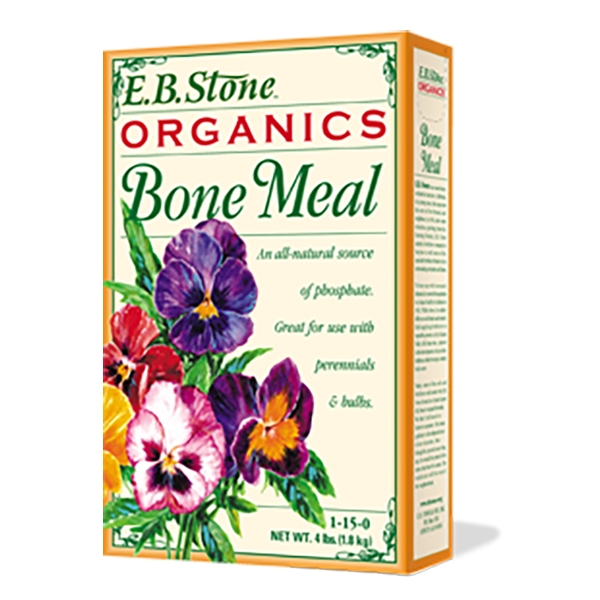
Bone meal may help beets grow better. Not recommending any particular vendor--just illustrating Bone meal. (missionhillsnursery.com)
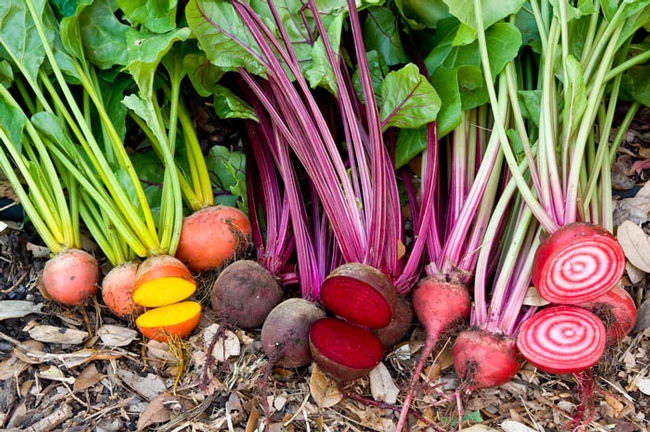
Beets! (masterofhort.com)